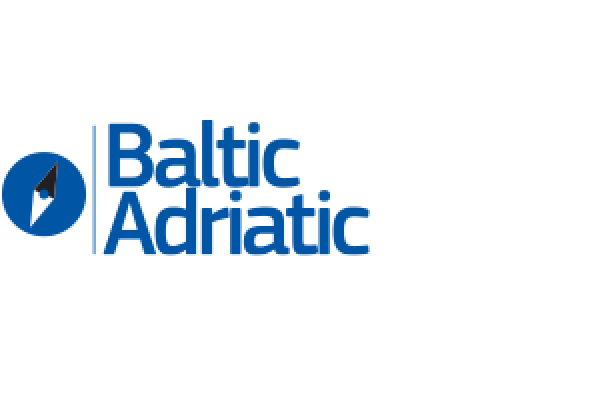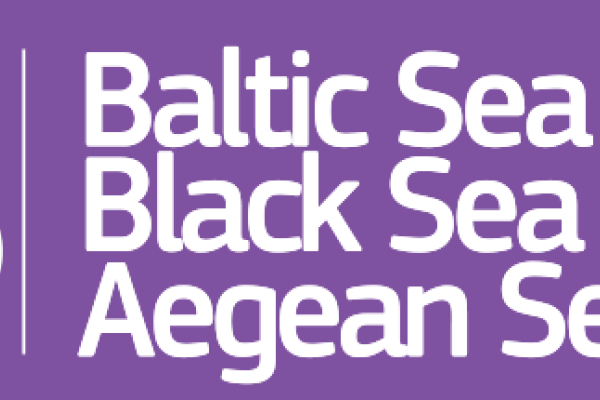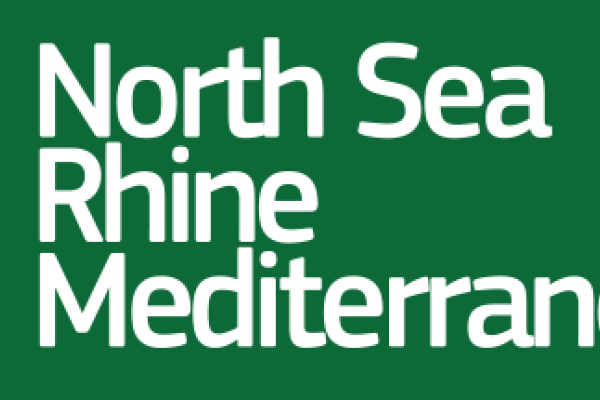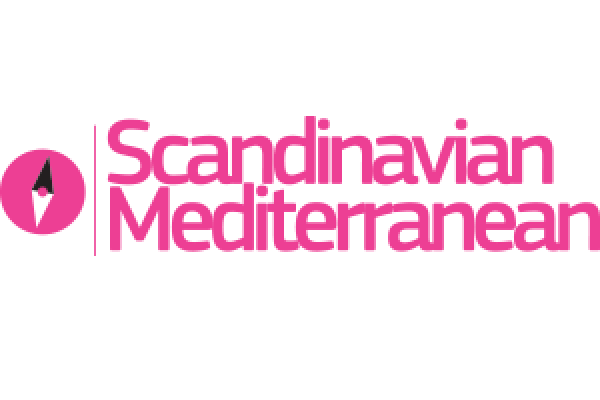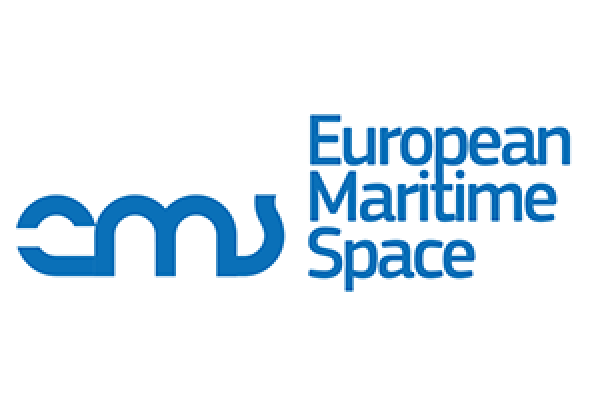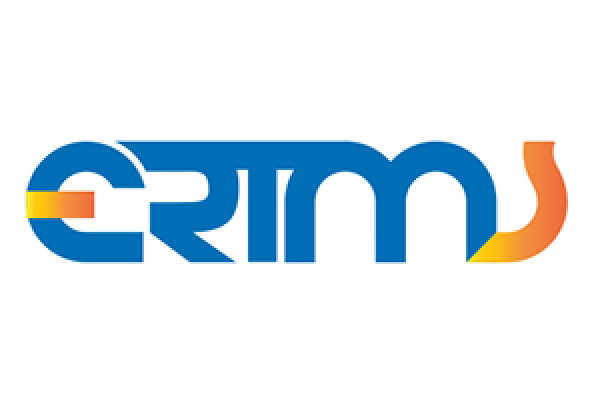Nine European Transport Corridors and two horizontal priorities structure and support the completion of the trans-European transport network. The corridors and the two horizontal priorities are each managed by a European Coordinator.
The European Transport Corridor are the backbone of the TEN-T’s core and extended core network. They cross Europe from east to west and from north to south along important traffic axes. The transport corridors go beyond the EU to connect us with Switzerland, Norway, Ukraine, Moldova and the Western Balkans. Since 2024, the eleven rail freight corridors are integrated into the European Transport Corridors to facilitate coordinated investment planning.
The two horizontal priorities are the European Rail Traffic Management System (ERTMS) and European Maritime Space.
European Coordinator
Eleven European Coordinators act as facilitators for the TEN-T policy. They guide the implementation of the European Transport Corridors and of the horizontal priorities and involve a wide number of stakeholders throughout the process. They are tasked by the Commission to coordinate the decisions and actions of the Member States and other relevant stakeholders to complete the TEN-T.
Forum
The European Coordinators chair consultative forums which bring together Member States, regions, cities, infrastructure managers of all transport modes, including ports, airports and terminals. The discussions during the forum meetings can include a variety of topics, such as modal integration, interoperability, the coordinated development of infrastructure in cross-border sections, urban nodes, or the greening of transport. The Coordinators usually convene the forums twice per year.
Work Plans
Each European Coordinator establishes a work plan for their corridor or horizontal priority. The work plan contains an analysis of the state of the corridor or horizontal priority, and serves to monitor progress, identify bottlenecks and to set priorities for its future development. The work plans also are the basis for implementing decisions which the Commission will adopt for each corridor.
The work plans are developed in close collaboration with the corridor forums and approved by the Member States of the corridor.


